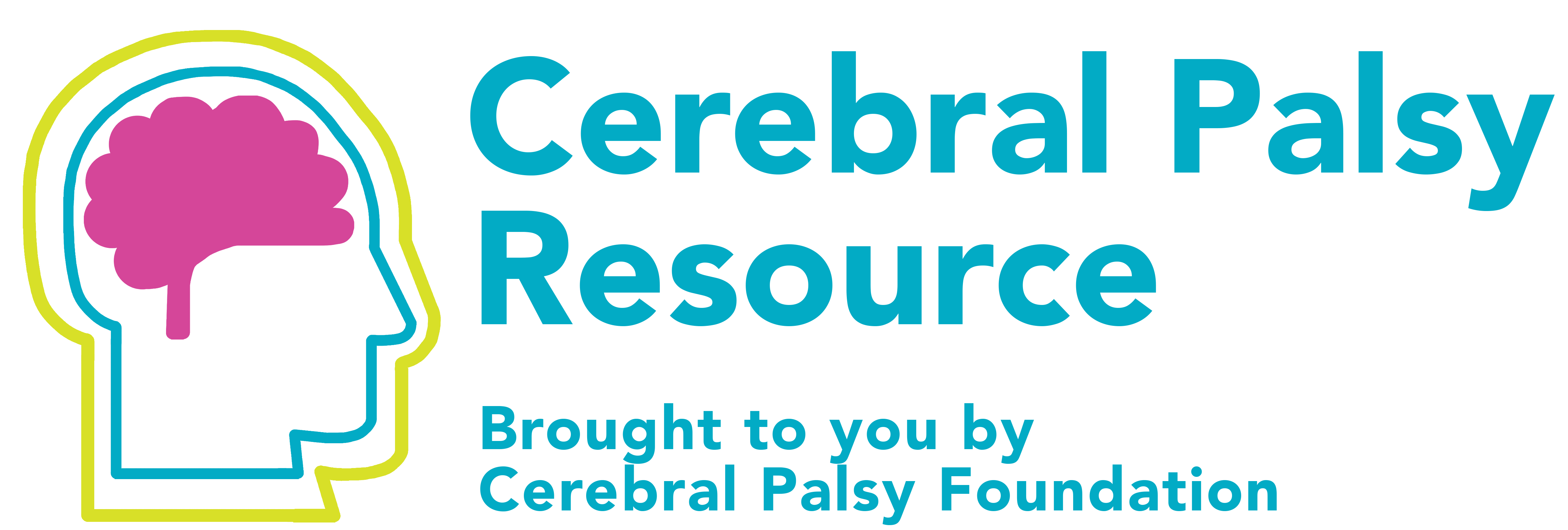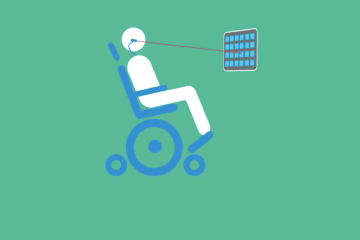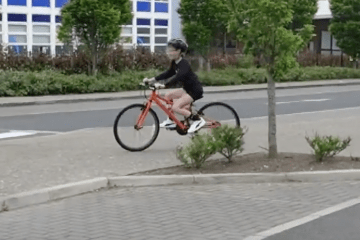Accessibility Features
Many of our products today have accessibility supports in them to the extent where we don't have to purchase anything else. It's already in there. Your phone, your tablet, your smart home devices. If you're going to look for these features on your devices, you can start in your settings. There should be something in there that says accessibility. Go in there, see what's available. The manufacturers have done a really nice job of describing these features right within the settings to give you a sense of what they're going to do.
For people with physical disabilities, the mechanical buttons on the side of your device may be difficult to use. For example, the on/off button, your volume buttons, the button that you use to silence your cell phone when it's ringing. Those are buttons that have to be physically pushed in order to access. For someone with a physical disability, that could be an obstacle to using a device. What we look at is the built-in accessibility features that turn those buttons into an icon on your screen. Now, suddenly you can control these features from your screen, suddenly that person has access to all the functions of their device.
Not everything today is a smartphone or a tablet. Many people still mainly use computers. Once we've changed the settings in our computer, if we're using a browser to go on the internet, the browsers will have some accessibility features built into them, or some tools you can add in that give additional support. These supports can change the way someone accesses a website or they can change the functions that the person needs to accomplish in order to do something on that website. People who have difficulty with the mouse are able to use keyboard commands, shortcuts, keys on the keyboard to navigate around.
People will often think assistive technology is expensive, complicated, and difficult to use. The power of these built-in accessibility features is that simply turning on what's already in one of the devices you own could open up a world of possibilities for a person with a disability.
"The power of these built-in accessibility features is that simply turning on what's already in one of the devices you own could open up a world of possibilities for a person with a disability."







